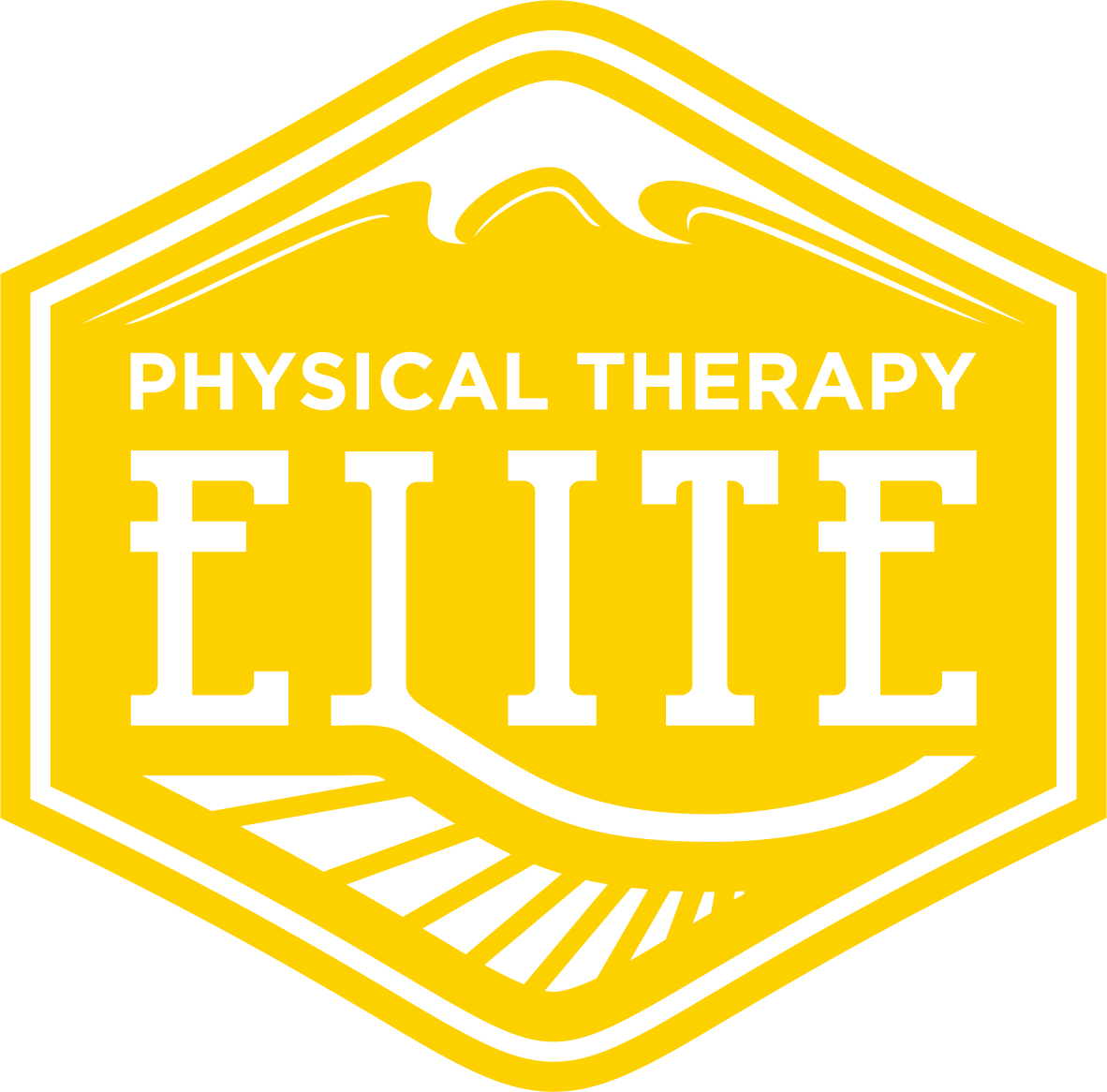I started off as primarily a road runner.
Growing up in LA, we I didn’t have the trail access that we do here! But I loved road! I loved the long stretches of pavement that one consecutive step after another disappeared behind you - and continued to reach out endlessly in front of you.
Trails are very much the same - with a little bit more variation! They roll up and down, glide side to side - as you hop over rocks and jump the occasional tree branch, fallen log or water crossing.
The biggest difference between road and trail, in my opinion, is learning to get lighter and quicker on your feet - which can be tremendously good for you’re running form!
I don’t dance (like at all!) but you’ll find there is this feeling on a trail of semi-floating and semi-dancing as you make your way down a path in the woods.
So, if you are new to trails, where do you start?
1. Trail shoes are a must. They offer more traction ensuring that your foot won’t slide out from underneath you! (On road, you want minimal traction to reduce friction and improve efficiency.) A good trail shoe will also have more material in the sole to protect you from rocks and other variable terrain.
*The discussion of shoe specifics is exhaustive! I prefer a lower drop (between 4 and 6 mm as “zero drop” isn’t for everyone and usually requires a longer adjustment period). Expect that your foot is going to slide around a bit more in your shoe when running on the trail so a good sock is important - something that won’t give you hot spots from an overly abrasive weave or so thick that it doesn’t allow your foot to breathe.
2. A pack. When you are running trail, you need to prepare for more unknowns as you may gain elevation (light-weight jacket for warmth), find yourself in water (dry socks), or need a quick pick-me-up (favorite snack).
There are lots of pack options. All the brands make them. Smaller for shorter excursions. Larger for longer days. Find one that fits and is comfortable!
Pack water.
Pack or wear sunscreen.
*I know - it might be toxic. But UV rays still cause cancer. So, you decide what is best for you ;) Zinc offers a protective barrier and is non-toxic...as far as I know!
Pack a hat and sunglasses. These are good to have especially for exposed areas such as ridgelines.
3. Bear spray. Be safe.
4. Trekking poles. Optional. Trekking poles are great for the steep stuff - they can help you climb or reduce load on your joints coming down. If you are concerned about your balance, they might be a great way to get started - offering stability while you “find your trail legs”!
5. Know your route! DO NOT RELY ON HAVING CELL SERVICE.
6. Tell someone where you are going. If running alone, it is always a good idea to tell someone where you are going and when you expect to be back. Have someone you check in with. Designate a plan (i.e. “I will text you when I get back to my car”.)
Trail running requires more dynamic stability in the lower legs, ankles and feet.
Here are a few exercises you can do to get ready:
Prancing
-Find a curb or step.
-Place the forefoot on the edge and allow the heels to drop down.
-Alternate raising one heel and dropping the other while allowing the knees to be soft and relaxed.
3 Level Balance
-Lift the heel just off the ground...hold here
-Lift the heel halfway off the ground...hold here
-Lift the heel all the way off the ground...hold here
*Can start on two legs and progress to one
Ankle Hops
-Small hops focusing on a soft landing and springy push-off
-Start with both feet (“Double”), progress to one foot (“Single”), and eventually progress to alternating front to back and side to side.

